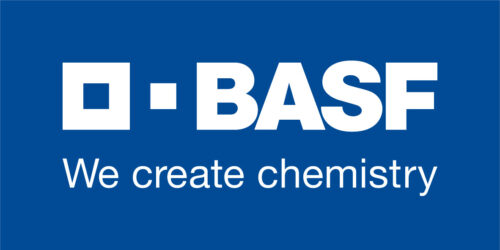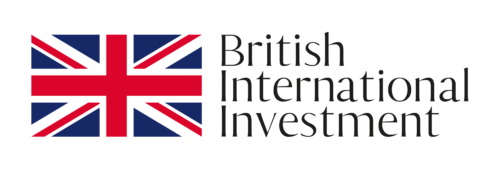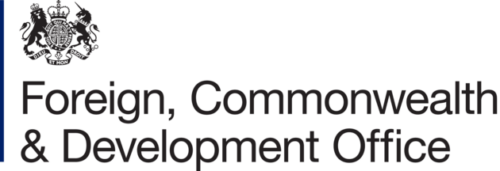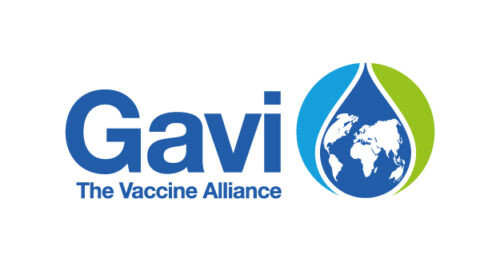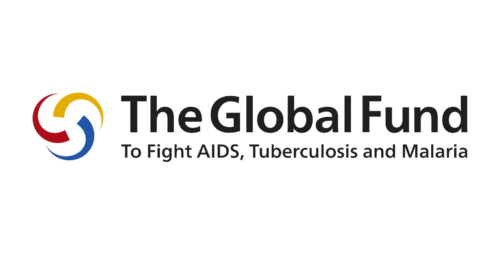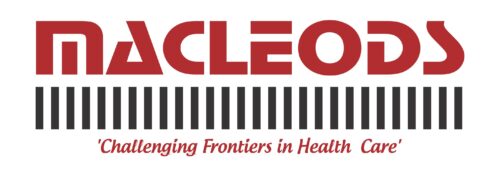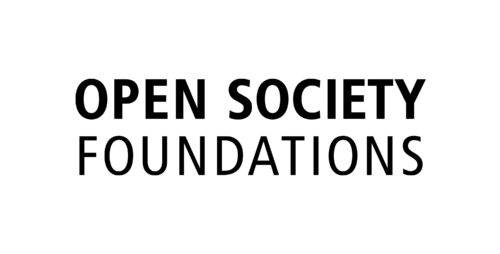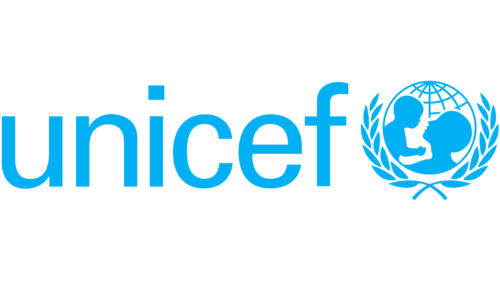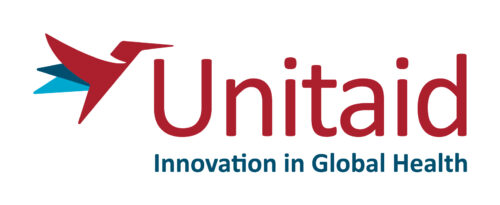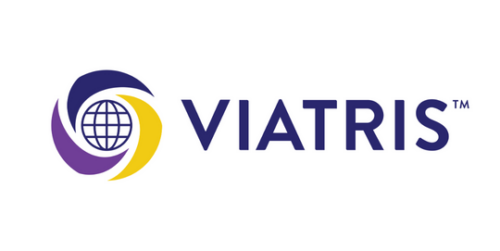Non-communicable diseases: Tailoring our approach to innovative finance
by Mayank Anand
Vice President, Health Markets
14 September 2023 | Insight
MedAccess is rigorously evaluating how innovative finance can accelerate access to critical medical products that treat and manage non-communicable diseases (NCDs).
Drawing on lessons learned from deploying innovative finance products – such as volume guarantees and procurement guarantees – for HIV, TB malaria and vaccine markets, we believe we can help to shape markets for NCDs.
But market shaping work for NCD medical products is challenging. Here’s our assessment of three key challenges and how we’re adapting our approach, with the aim of improving access to health products in the NCDs space.
NCDs: a fast-growing global challenge
Mortality and morbidity from non-communicable diseases (NCDs) is rising while, for many countries, the burden of infectious diseases remains stubbornly high. Currently, 86% of premature deaths from NCDs worldwide are among people living in low- and middle-income countries (LMICs).
Healthcare systems are trying to address both challenges but access to treatments and diagnostic tools for NCDs is often limited. Many countries are behind in achieving global commitments to tackle premature deaths from chronic diseases by 2030. In most African countries, the probability of four major NCDs (cancers, cardiovascular diseases, respiratory diseases, and diabetes) – SDG target indicator 3.4 – increased between 2010 and 2016.
Challenges to deploy innovative finance for NCDs
Markets for NCD medical products in LMICs face many of the challenges still seen in more mature markets for HIV, TB, malaria and vaccines. Suppliers often decide not to make their products available in LMICs because of fragmented and uncertain demand, unclear policies and guidelines, weak regulatory environments and limited access to capital. Even when suppliers do enter a market, they often charge higher prices in response to the unstable market.
Despite the urgent need for these life-saving products, deal development and market shaping for NCDs has been slow and challenging. There are three key reasons for this:
- Lack of donor financing to procure healthcare products. NCDs cause 74% of global deaths annually, 77% of which are in LMICs. Despite this, NCDs receive only 1 to 2% of all official development assistance (ODA) for health. As a result, NCD products are financed either by national government or out-of-pocket by patients. Government budgeting processes often have a long lead time to approval and can be uncertain or unclear, increasing the complexity of deploying innovative finance products.
- Limited market and purchaser consolidation. NCD markets lack pooled procurement mechanisms or a coordinated marketplace, making them highly fragmented. Therefore, most NCD medical products are procured by ministries of health at federal, district and facility levels. The absence of pooled procurement mechanisms makes it difficult to aggregate volumes and negotiate pricing or other beneficial terms with suppliers effectively.
- Limited programmatic financing to scope opportunities, improve product adoption and invest in market-shaping interventions. Few philanthropic organisations actively invest in country-level programmatic efforts geared towards health systems strengthening and improving the adoption of NCD medical products. Innovative financing products such as volume guarantees are usually complementary to programmatic investments. Implementing volume guarantees without programmatic investments will reduce the expected impact in terms of people reached. For example, without investments on improving patient referral pathways and demand generation for cancer, volume guarantees for treatment products for cancer will yield sub-optimal results.
Adapting our approach to deal development and market shaping
MedAccess is adapting its deal development and market-shaping approach to overcome these challenging market characteristics.
We are co-creating solutions with partners and suppliers to think through the holistic needs of the markets (e.g. redesigning delivery/procurement mechanisms before financial instruments are used). We are directly engaging anchor buyers such as ministries of health and private/charitable hospitals to address the issue of fragmentation in the market for medical products. We are collaborating with donors early on to identify opportunities to co-invest and inform market-shaping strategies. And finally, we are constantly learning and evolving the structures of our financial products to ensure they address specific market challenges.
Innovative finance has a crucial role to play in ensuring more people living with non-communicable diseases can access the medical products they need to live longer, healthier lives. We are ready to work with partners who can think differently about solutions that accelerate access.
